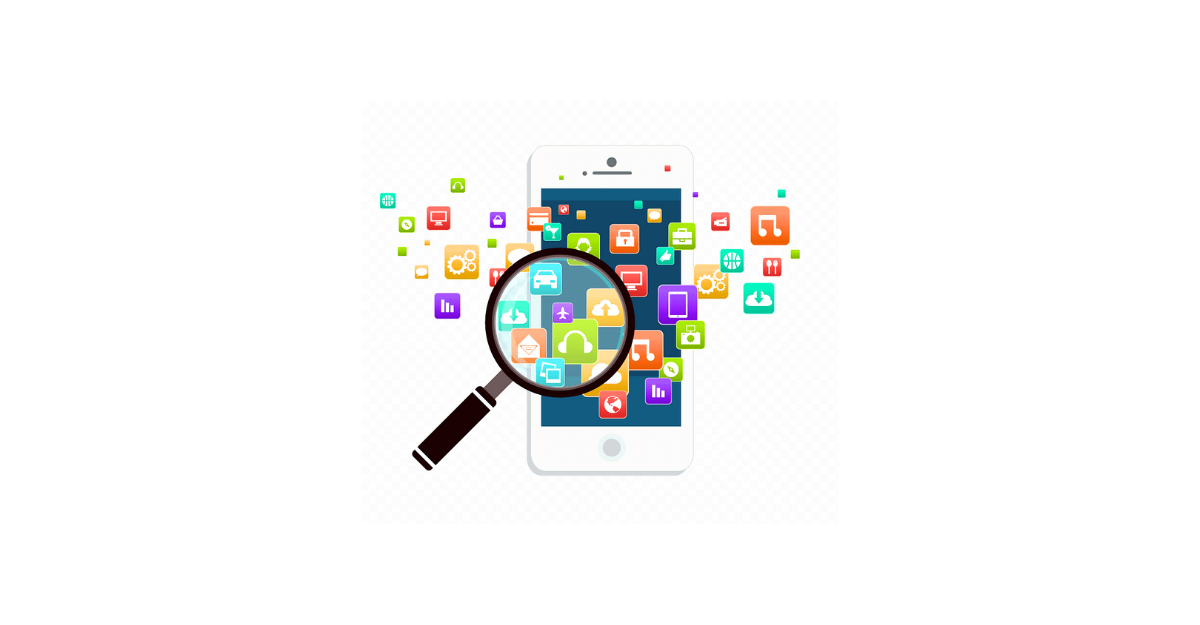In the dynamic realm of mobile app development, staying abreast of emerging trends is crucial for businesses aiming to foster meaningful engagement with consumers. As we step into 2023, several transformative trends are poised to reshape the landscape of mobile applications. This article explores eight noteworthy trends that developers and businesses need to be cognizant of to stay at the forefront of innovation and user experience.
1. Accelerated Mobile Pages (AMP)
Accelerated Mobile Pages (AMP) is a Google-backed open-source project designed to create fast-loading, super mobile-friendly pages. Especially beneficial for search engines, AMP enhances the mobile web experience. Websites lacking an AMP version may find themselves at a disadvantage in Google’s search results. AMP pages offer users a seamless and swift content-loading experience, encouraging prolonged engagement. Implementing AMP can significantly impact a website’s ranking and improve the likelihood of converting visitors into leads or customers.
2. Blockchain and IoT Integration
The amalgamation of Blockchain and the Internet of Things (IoT) heralds a new era in mobile app development. Blockchain, a distributed ledger, facilitates decentralized networks applicable to various domains, including cryptocurrencies, supply chain management, and data sharing. Simultaneously, IoT, a network of internet-connected devices, presents vast opportunities for businesses looking to deliver products or services through these connections. With over 6 billion connected devices globally, leveraging Blockchain and IoT can unlock innovative solutions and enhance user experiences.
3. Artificial Intelligence & Machine Learning (AI/ML)
Artificial Intelligence (AI) and Machine Learning (ML) are pivotal in shaping the future of mobile app development. These technologies empower developers to create personalized user experiences, a critical aspect of app success. AI and ML can also provide valuable insights for app optimization, helping businesses understand user preferences and behavior. Whether identifying popular features or analyzing user origins, AI and ML contribute to informed decision-making, elevating the overall quality of mobile applications.
4. Flutter and Xamarin Frameworks
Flutter, Google’s mobile development framework, and Xamarin, an open-source framework utilizing C# and .NET, are revolutionizing native mobile application development. Flutter facilitates the creation of high-quality, native interfaces for iOS and Android swiftly. It collaborates seamlessly with existing code, making it a popular choice worldwide. Meanwhile, Xamarin enables code to be written once and executed on iOS, Android, or Windows devices. These frameworks empower developers to streamline the development process and deliver cross-platform applications efficiently.
Importantly, you can connect with check Mobile app development India to know more
5. Chatbots Advancement
The evolution of chatbots is transforming user interactions within mobile applications. Advanced chatbots can now answer queries, facilitate purchases, and enhance customer service. They provide easily digestible information about products and services, offering a user-friendly experience. By delivering instant responses on mobile devices, chatbots contribute to improved customer engagement and satisfaction.
6. Wearables & Smart Devices Integration
The burgeoning popularity of wearables is a trend set to continue, with an estimated 2 billion users projected by 2022. Developing apps compatible with wearables offers businesses an opportunity to tap into a growing market segment. As technology becomes more affordable and accessible, wearables present a unique channel for delivering innovative and competitive app experiences beyond smartphones and tablets.
7. Progressive Web Apps (PWA)
Progressive Web Apps (PWA) represent a paradigm shift in mobile app development, offering offline functionality and instant loading. While resembling native apps, PWAs leverage open web technologies. Their appeal lies in working seamlessly across different devices without requiring downloads. As PWAs gain traction among users seeking flexibility and convenience, businesses should consider incorporating this technology to enhance their app accessibility.
8. Security and Privacy Focus
With increased user awareness about security issues, mobile app developers face a growing demand for robust security features. To meet these expectations, developers must prioritize protecting user data from unauthorized access and sharing. Implementing unique code is crucial to prevent counterfeit app versions that could compromise the app’s integrity. By addressing security and privacy concerns, developers can build trust and credibility among users.
Conclusion
In a saturated app market, standing out requires a commitment to innovation and user-centric experiences. By embracing these mobile app development trends in 2023, businesses can differentiate themselves and deliver compelling, competitive, and secure applications. Success lies not only in keeping pace with technological advancements but also in offering unique features and experiences that resonate with users, ensuring sustained engagement and loyalty.

